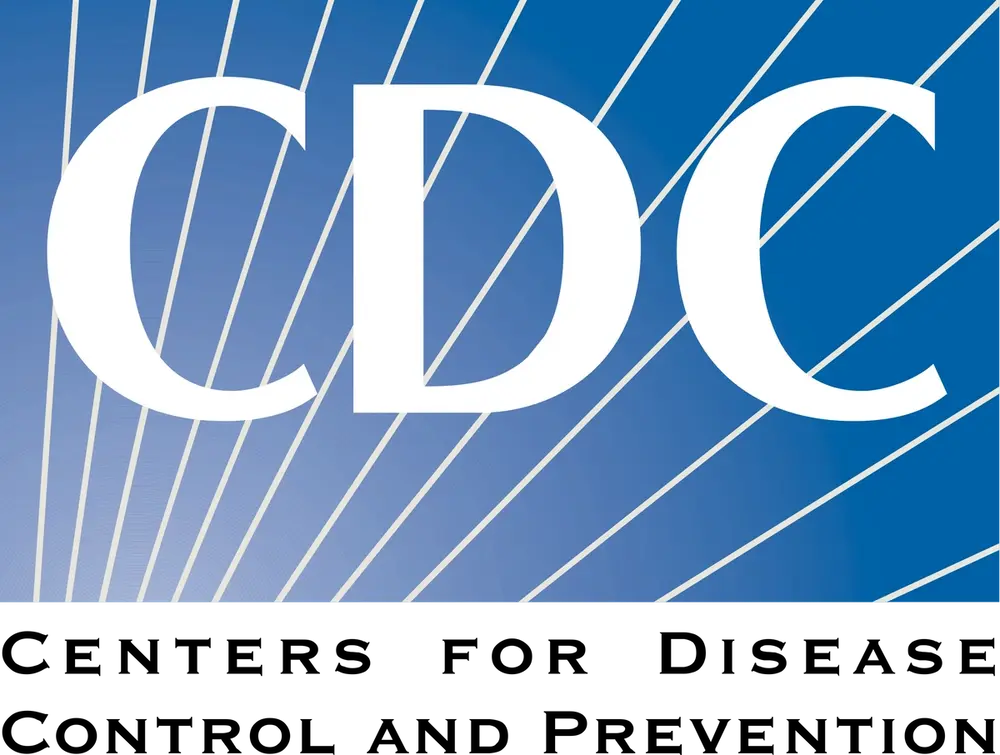The CDC Sends Out Health Advisory on Locally Acquired Malaria Cases in Continental US
The federal agency has identified a total of 5 cases in Florida and Texas within the last two months.

Yesterday, the CDC posted a health advisory on its website that stated that 5 cases of malaria were identified in the continental United States. There were 4 individual cases in Florida and 1 case diagnosed in Texas within the last 2 months.
The federal agency said it was working alongside state health departments with the investigations of these Plasmodium vivax malaria cases. CDC said there is no evidence to suggest the cases in the 2 states are related. They did note the cases in Florida were in close geographic proximity and both surveillance for new cases and control measures are ongoing in both states.
The patients who contracted malaria have all been treated and are improving. The CDC has guidelines for treatment as well as clinicians on call 24/7 to answer any additional questions providers might have if they are facing a potential case. To access this information, go to this CDC page.
Malaria is transmitted through the bite of an infective female anopheline mosquito, and caused by any of five species of protozoan parasite of the genus Plasmodium: P falciparum, P vivax, P malariae, P ovale, and P knowlesi.
It has been 20 years since locally acquired mosquito-borne malaria has occurred in the United States, and during that last outbreak, 8 cases of locally acquired P vivax malaria were confirmed in Palm Beach County, FL.
The CDC reminds the public that malaria can be deadly, and that clinical presentations are non-specific and may include fever, chills, headache, myalgias, and fatigue. Nausea, vomiting, and diarrhea may also occur.
According to CDC, a majority of people’s symptoms begin 10 days to 4 weeks after initial infection; although, a person may feel ill as early as 7 days or as late as 1 year after infection.
CDC reports that before the COVID-19 pandemic, approximately 2000 cases of mostly travel-related malaria were diagnosed in the United States each year; approximately 300 people experienced severe disease (most P falciparum), and 5 to 10 people with malaria died annually.
Malaria used to be endemic in the US before massive insecticide spraying campaigns, and modernization improvements such as screened windows and drainage ditches were installed.
One of the emerging public health concerns in the continental US is the potential rise of vector-borne diseases such as dengue and malaria, and the additional spread of tick-borne illnesses such as Lyme Disease and babesiosis into new geographic areas.
Companies are developing platforms for surveillance and identifying vector-borne disease outbreaks. One company, BlueDot, uses data to model potential changes that could influence such diseases and works with governments and public health officials in identifying these threats. Earlier this year, the company released the results of their report showing that climate change is likely to turn northern hemisphere cities like New York, Toronto, and London into breeding grounds for dengue-and Zika-carrying mosquitoes over the next 10 years.
There have been some movement on this front for vaccines and antimalarial treatment and to learn more about them check out Contagion’s collection of stories on malaria.
